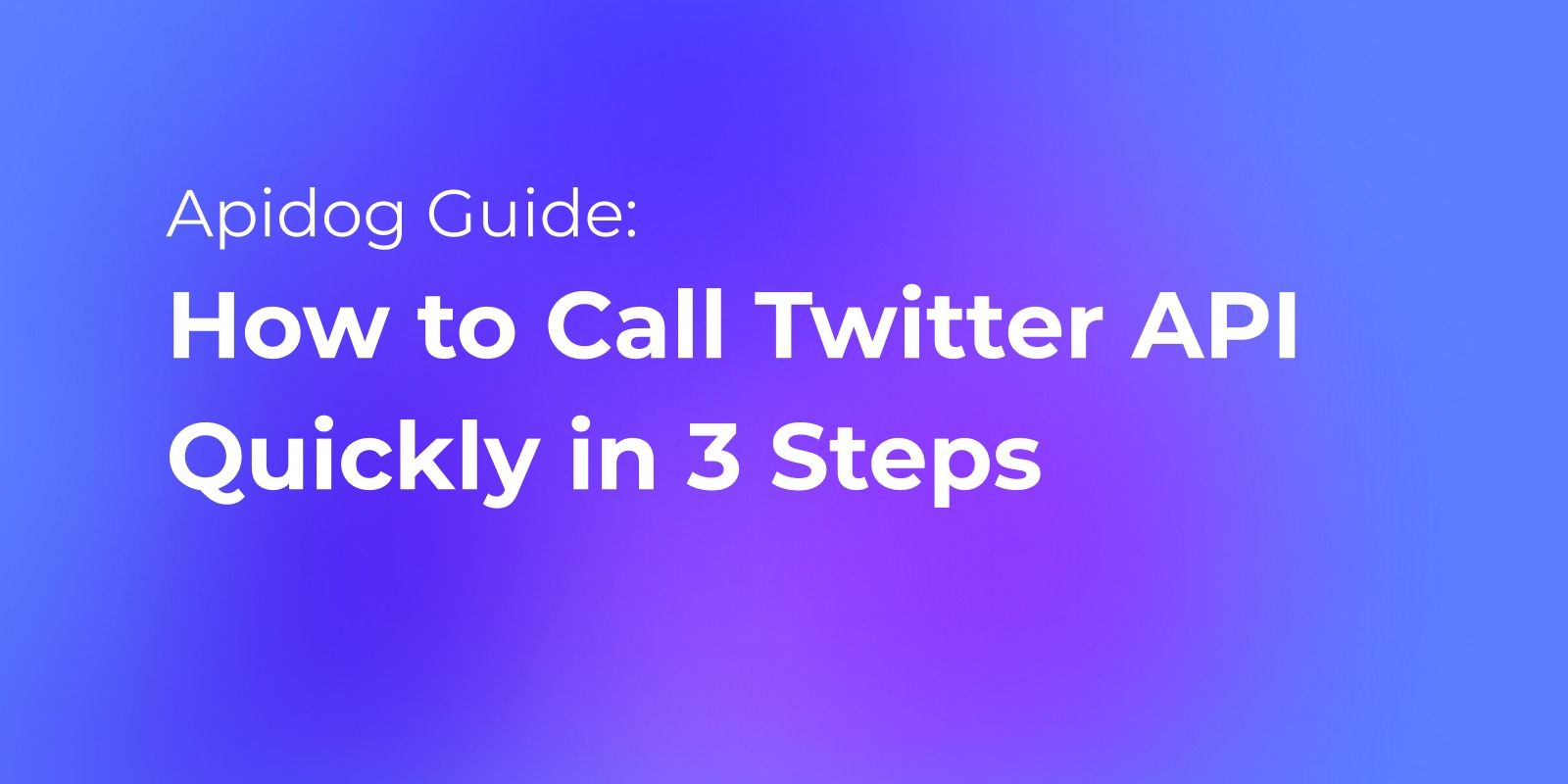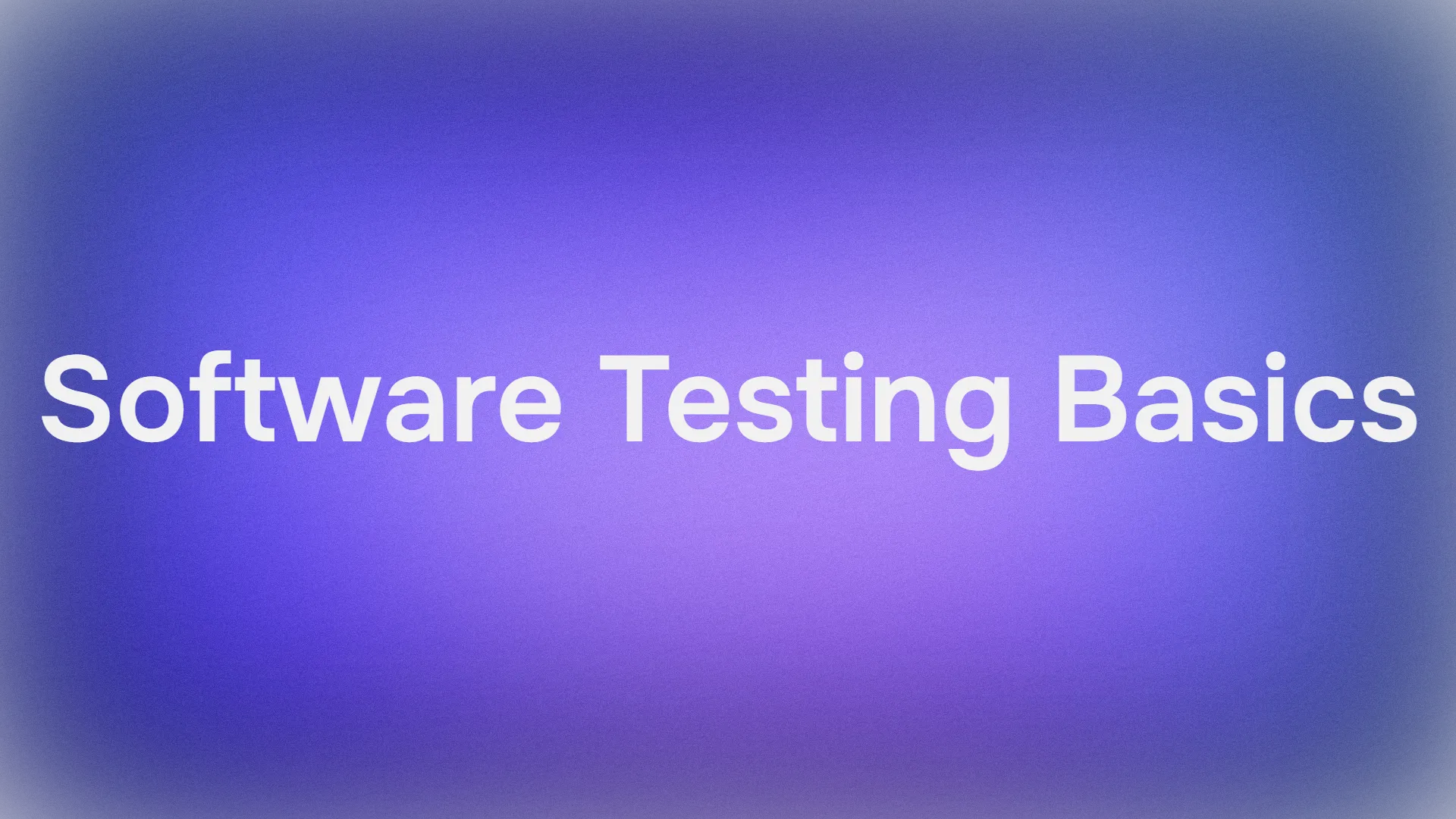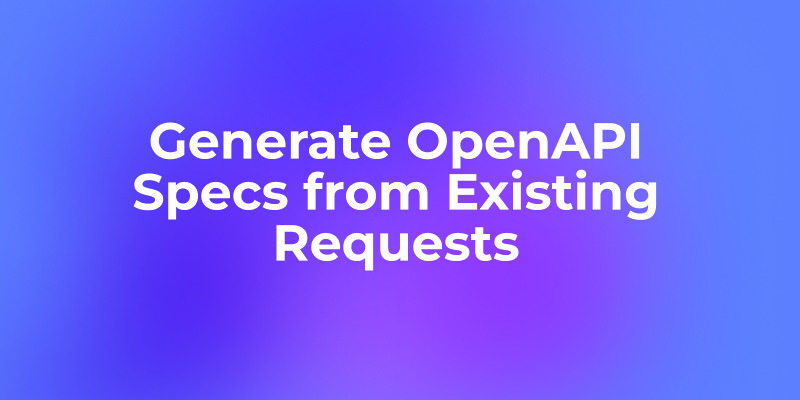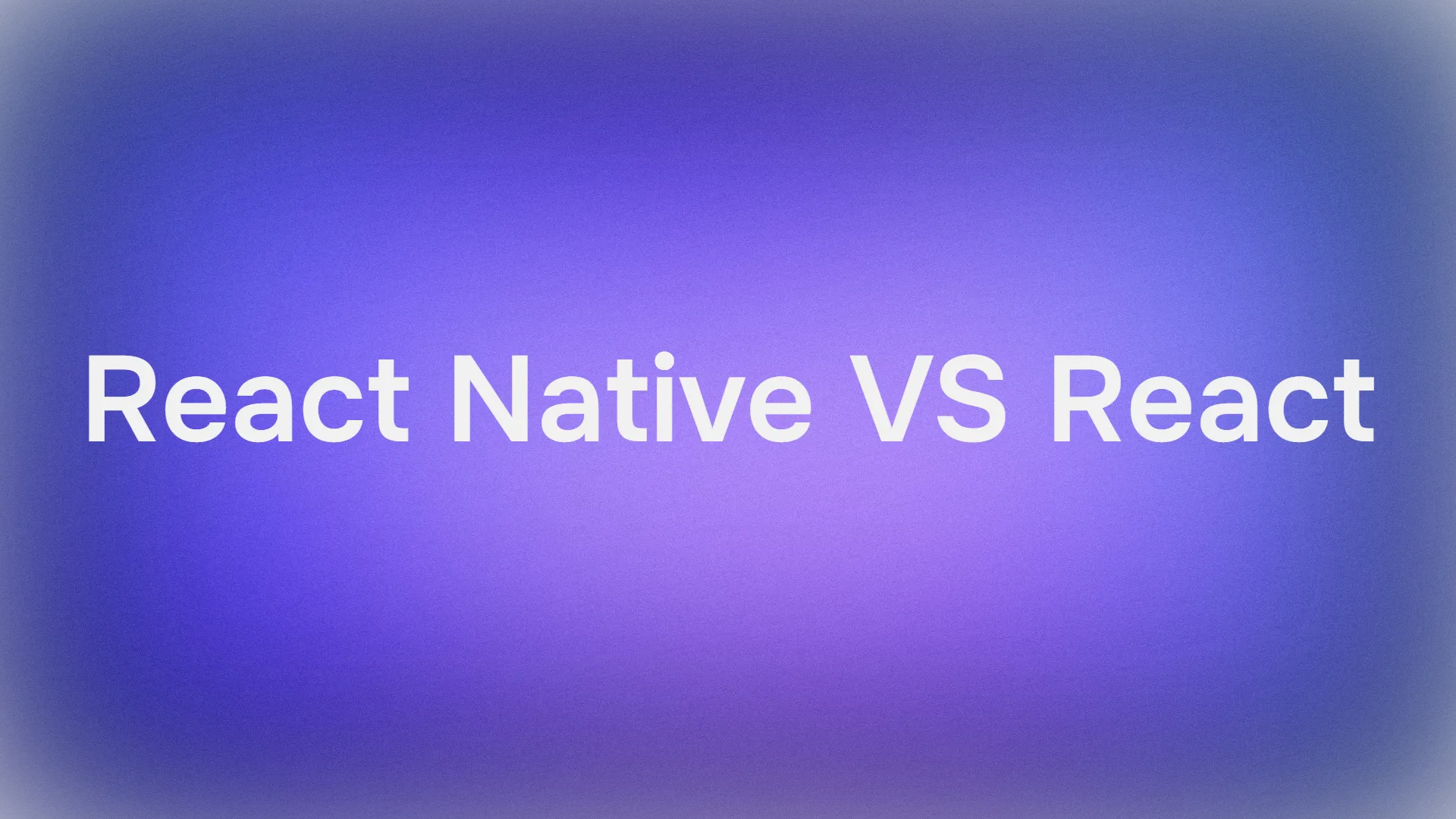API integration connects different software applications to work together seamlessly by using Application Programming Interfaces (APIs). This allows for the efficient exchange of data and functionality between systems. In this comprehensive guide, we'll explain what API integration is, how it works, and provide examples and insights into its costs and benefits.
Understanding APIs: The Foundation of API Integration
Before delving into integration, it's crucial to grasp the concept of APIs themselves. An Application Programming Interface (API) serves as a set of protocols, routines, and tools that dictate how software components should interact. Think of APIs as digital intermediaries, facilitating communication between different applications without requiring them to understand each other's internal complexities.
APIs operate through key components such as endpoints (specific URLs where requests are sent), HTTP methods (like GET, POST, PUT, DELETE) that define the type of operation, authentication mechanisms to ensure secure access, and standardized data formats (typically JSON or XML) for request and response handling.

What Is API Integration?
API integration refers to the process of establishing a connection between two or more APIs, enabling them to exchange data and communicate effectively. This integration allows diverse software systems to work in harmony, significantly enhancing overall functionality and efficiency.
API integration can take various forms, including data integration for syncing information between systems, functional integration that leverages features of one application within another, and third-party integration that incorporates external services into existing systems.
The Importance of API Integration in Modern Business
The significance of API integration in today's business environment cannot be overstated. It serves as a catalyst for enhanced efficiency by automating processes and reducing the need for manual data entry, thereby minimizing potential errors. Real-time data synchronization ensures that information remains consistent across all integrated systems, providing a single source of truth for decision-making.
Furthermore, API integration facilitates scalability, allowing businesses to easily add new features or connect to new services as they grow. This flexibility translates to improved user experiences, as it enables the creation of more feature-rich and seamless applications. From a financial perspective, API integration can lead to significant cost reductions by minimizing the need for custom development and leveraging existing APIs instead.
How Does API Integration Work?
Implementing API integration is a multifaceted process that requires careful planning and execution. It begins with a comprehensive planning and strategy phase, where integration objectives are defined, systems to be integrated are identified, and data flow and mapping requirements are determined. Here’s a step-by-step breakdown of how API integration works:
Planning and Strategy
- Define integration objectives.
- Identify systems to be integrated.
- Determine data flow and mapping requirements.
API Selection and Analysis
- Evaluate available APIs.
- Review API documentation.
- Assess critical factors such as rate limits, authentication methods, and supported data formats.
Design and Architecture
- Create a detailed integration design.
- Define error handling and fallback mechanisms.
- Plan for scalability and performance.
Development and Testing
- Implement the designed solution.
- Conduct rigorous testing to ensure functionality, security, and performance meet the required standards.
Deployment and Monitoring
- Roll out the integration in a controlled manner.
- Set up robust monitoring and alerting systems.
- Establish a regular maintenance and update schedule.
Apidog: An All-in-one API Platform
Apidog is an all-in-one API platform that encompasses a powerful set of features to enhance your team's API integration capabilities. With Apidog, you can seamlessly integrate third-party tools and CI/CD platforms into your API workflows. The automated testing tasks in Apidog efficiently integrate into your development team's continuous integration workflows, ensuring a streamlined and effective development process.

API Integration Cost
The cost of API integration varies widely based on the complexity of the project, development time, API usage fees, maintenance and support needs, infrastructure requirements, and security and compliance measures. Simple integrations with well-documented APIs can be relatively inexpensive, while more complex integrations for medium-sized businesses may require a higher investment.
Enterprise-level integrations, involving multiple systems and stringent security requirements, can be significantly more costly. Costs can be managed by using pre-built solutions, starting with free API tiers, automating testing, and negotiating rates with API providers.
Examples of API Integration
- Payment Gateway Integration
Purpose: Enable online payments.
Example: E-commerce platforms integrating with PayPal or Stripe APIs to process customer payments securely.
Process: The e-commerce platform sends transaction details to the payment gateway API, which processes the payment and returns the transaction status.
2. Social Media Integration
Purpose: Enhance user engagement and marketing efforts.
Example: Websites or apps integrating with Facebook, Twitter, or Instagram APIs to allow users to share content directly from the platform.

Process: The platform uses social media APIs to authenticate users, post content on their behalf, and retrieve social media analytics.
3. Shipping and Logistics Integration
Purpose: Streamline order fulfillment.
Example: Online retailers integrating with FedEx or UPS APIs to provide real-time shipping rates, track shipments, and automate label printing.
Process: The retailer’s system communicates with the shipping API to retrieve shipping options, send shipment details, and receive tracking updates.
4. CRM Integration
Purpose: Improve customer relationship management.
Example: Sales and support platforms integrating with Salesforce or HubSpot APIs to synchronize customer data and streamline workflows.
Process: The platform uses CRM APIs to fetch customer details, update records, and manage interactions.
5. Weather Data Integration
Purpose: Provide real-time weather information.
Example: Mobile apps or websites integrating with Weather API providers like OpenWeatherMap or Weatherstack to display current weather conditions and forecasts.
Process: The app or website requests weather data from the API and presents it to users in a user-friendly format.
6. Communication Integration
Purpose: Enhance communication capabilities.
Example: Businesses integrating with Twilio or SendGrid APIs to send SMS notifications, make voice calls, or send emails.
Process: The business system sends communication requests to the API, which handles the delivery of messages and returns the status of each communication attempt.
Common Challenges and Best Practices
While API integration offers numerous benefits, it's not without its challenges. Security concerns, version control issues, data format inconsistencies, rate limiting, performance optimization, and error handling are common hurdles that organizations must navigate.
To address these challenges and ensure successful API integration, several best practices have emerged. These include maintaining thorough documentation of the integration process, leveraging API management tools for efficient oversight, implementing robust error handling mechanisms, ensuring scalability to handle increased loads, regular monitoring and maintenance, adopting a security-first approach, and adhering to established standards like REST or GraphQL for API design and implementation.
Conclusion
In conclusion, API integration stands as a cornerstone of modern software development and digital transformation. By enabling seamless communication between diverse systems, it empowers businesses to create more efficient, scalable, and innovative solutions.
As the digital ecosystem continues to evolve, mastering API integration will be crucial for organizations aiming to stay competitive and deliver superior user experiences in an increasingly interconnected world.




